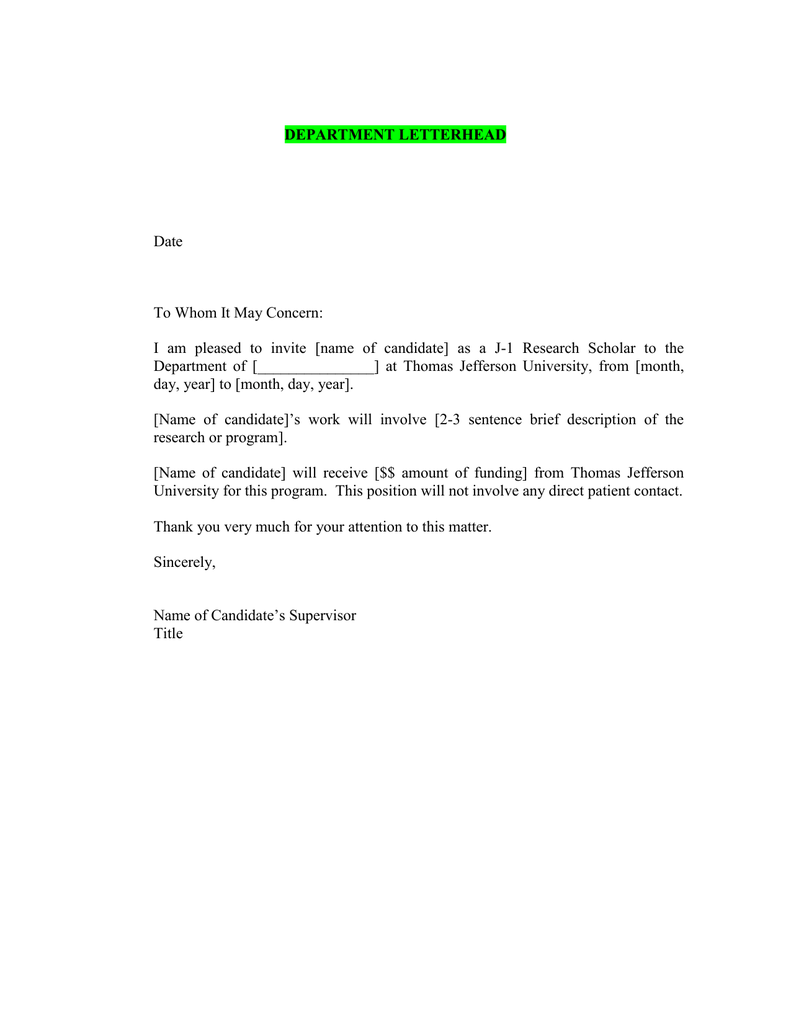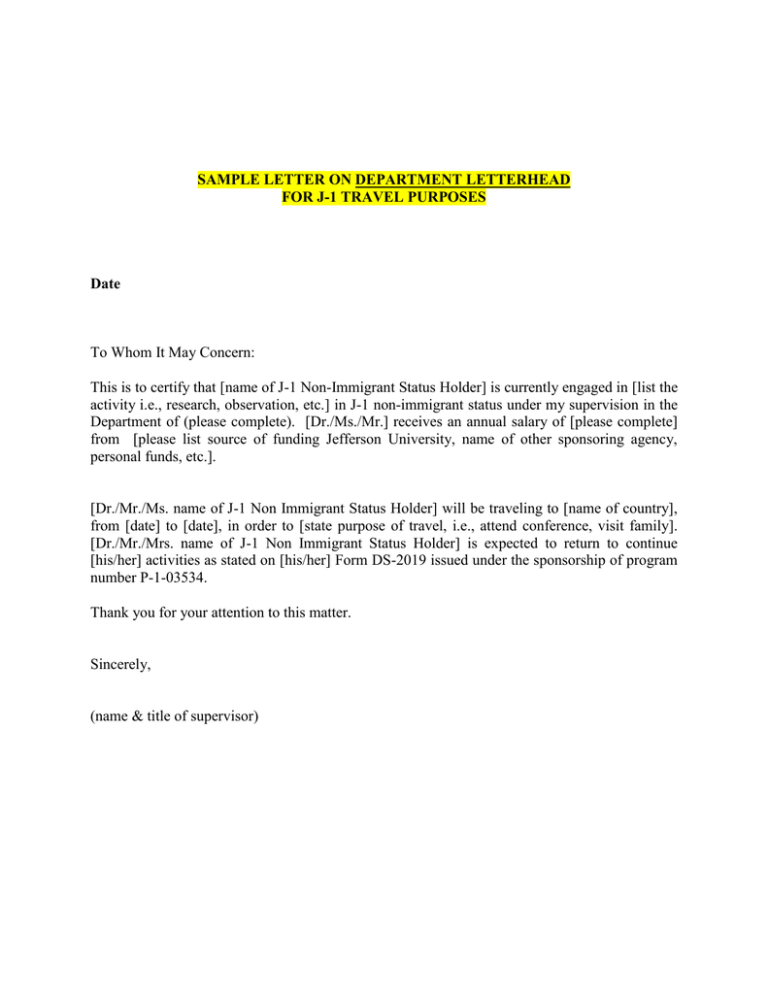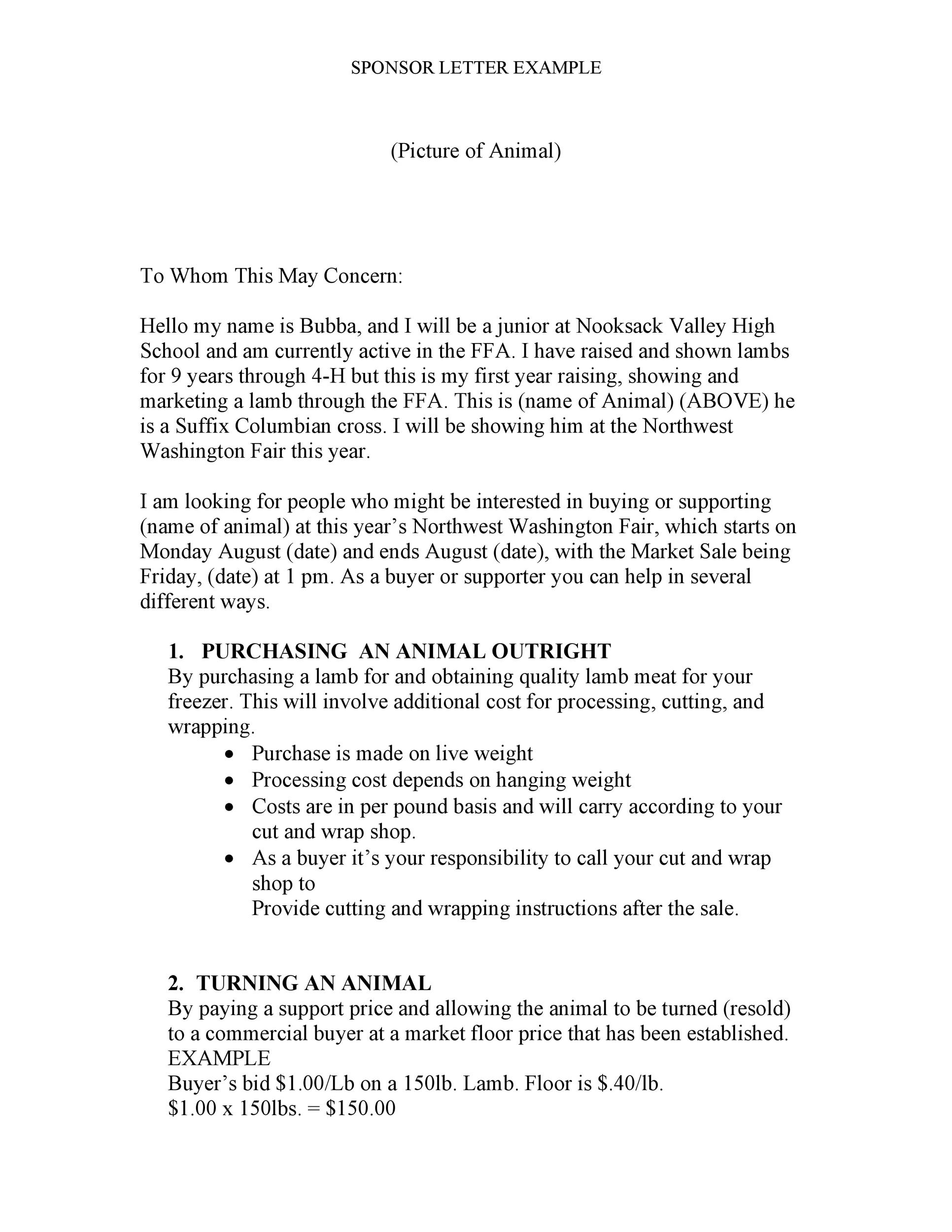

Opening: Create a personable, inviting opening paragraph that notes exactly how your abilities are a perfect fit to the task and also shows your enthusiasm. Greeting: Address your cover letter to the appropriate person. Just what are the standard elements of a cover letter?

See also 14 Noise Complaint Letter Template Examples Actually, it s can help you get someone’s focus differently, and it could be a wonderful means to show your excitement for the job and business.
#Letter to whom it may concern template professional#
The letter ought to be professional however personable, as well as work as a type of introduction.Ī whole lot of job candidates today question if a cover letter is still appropriate to send out with your resume as well as the response is indeed! Even if a company doesn t request a cover letter, it couldn t hurt to send one. A cover letter is your chance to inform a potential employer why you re the best person for the setting and just how your abilities as well as knowledge can add value to the company. Plus, scroll down to see an example cover letter you can make use of to craft your personal.Ī cover letter is a one-page file that, along with your return to, is sent out with your job application. Here’s whatever you require to recognize to compose a letter that truly offers your abilities. Here is a template of a letter or email which uses Dear Sir or Madam correctly.See also 18 Resume Thank You Letter Template Examplesĭo not let this demand derail you. If you must use Dear Sir or Madam or a variant of it, traditionally this salutation is paired with Yours Faithfully, in the signature. This salutation should be used for communication regarding specific projects, specific concerns, or employment. This salutation should be used for general concerns like support requests or feedback.ĭear Sir or Madam implies that you have one specific person in mind for this letter, but do not know their name, title, or gender. To Whom It May Concern implies that the information discussed in the letter can go to any relevant party within the organization. Though many people use Dear Sir or Madam interchangeably with To Whom It May Concern, there is a notable difference in meaning that employers or companies in certain formal sectors (academia, law, finance, etc.) will be sensitive to. If, after diligent searching online and off, you are unable to learn the the name, role, or gender of your intended recipient, what should you do? In this (rare) situation, you should use Dear Sir or Madam and not To Whom It May Concern. This business writing salutations flow chart will help you understand when to use Dear Sir or Madam and when to use something else. Good if you’ve worked together before or the environment is casual.)

Dear Sir/Madam Alternativesīecause you should invest some time trying to find out exactly whom you are writing to, the best alternatives to the highly impersonal Dear Sir or Madam include, in order of preference: Regardless of format, use a formal tone, while-as stated earlier-investing time in researching whom you are writing to. You should avoid using Dear Sir/Madam in emails as well as in cover letters.Ĭover letters are notably more formal than emails, but some of the same rules apply, especially if you are writing to someone for the first time. Knowing someone’s name, gender, and what they do is a fundamental way to show your investment. If you want to write a better cover letter to a prospective employer or an outstanding business letter to a potential client, you want to stand out, right? Likely you want to show how you are already a great fit for the team.


 0 kommentar(er)
0 kommentar(er)
